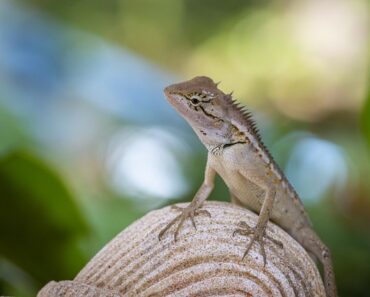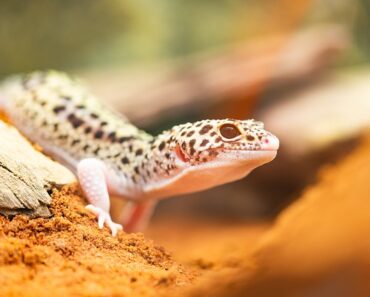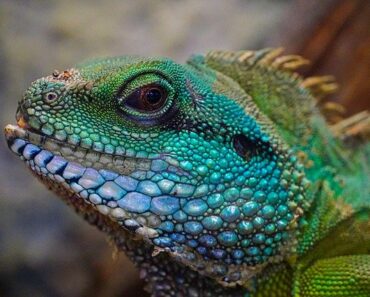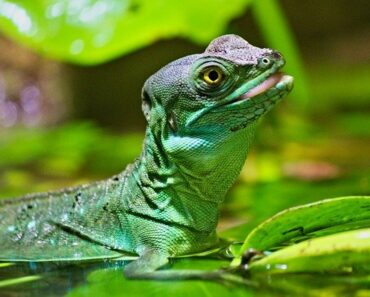
The nano terrarium is generally designed for a single animal, reptile or amphibian, and rather for juvenile sizes. Insects also adapt very well in these reconstituted environments. Even if you have little space, the nano terrarium allows you to realize your passion or to familiarize yourself with a fascinating animal world.
The most common and known are reptiles such as snakes, lizards, chameleons, but there is a multitude of smaller animals very attractive such as salamanders, frogs, geckos, aquatic animals mainly several breeds of turtles and finally probably more unexpected, the insects with the first rank the phasms, those insects that look like twigs.
The important thing in the constitution of a nano terrarium is to take into account the needs of the animal so that it feels like in its natural environment, avoiding for example overpopulation. Here we will discuss various topics that will allow you to envisage a terrarium that is aesthetic for you and comfortable for your animal(s).
The elements that make up the nano terrarium
For the technical part, the basic equipment generally consists of a watertight bottom, a grid acting as a cover that allows light to pass through and facilitates access, and a locking system to prevent your pet from escaping. The back of the tank should allow you to pass through the desired connections, such as the water inlet, heating cables, probe, etc.
This technical equipment will allow you to bring to life the natural elements that you will dispose of according to the type of animal chosen, such as earth or substrate in more or less thick layers, mosses, rocks and decorative accessories, also adapted to the environment that you reconstitute, such as waterfalls.
The foliage, the branches are the common accessories to recreate a forest environment; the rocks, the sand, will represent of course a desert universe. The green plants are artificial: ferns, jungle plants, lianas, mini tree trunks, dead branches, all these plants will allow you to make the composition of your landscape realistic and attractive for the animal which will have to find its well-being there: a snake will be able for example to slide and wrap itself lasciviously around a branch.
Reptiles also need a water point: your choice will then be the reconstitution of a waterfall, or a water point, elements fed by a water pump system that will circulate water and provide the oxygenation necessary for quality water.
An essential accessory for your terrarium, and above all to reassure most animals and possibly observe them, is the natural hiding place: a pierced rock, a tunnel in a rock, a cave, will make a shelter bringing freshness and calm. Reptiles, amphibians and geckos will live in an environment where they will find a protective nature, to rest and reproduce.
Heating: your terrarium must reproduce the natural element. Animals intended for terrariums are often cold-blooded (reptiles, amphibians); in a natural environment, they use heat sources to regulate their temperature: rocks exposed to the sun’s rays, natural compost giving off heat… The range of products to bring such a source into your terrarium is composed of 2 types: heating by conduction with the heating cables that you will install under the substrate, the heating rocks; heating by radiation with or without a light source that maintains a good ambient temperature.
As for all reconstituted natural environments, the light source will reproduce sunlight but not only as simple visible light: the light spectrum is also composed of ultraviolet and infrared rays. These different rays bring heat and energy needs.
The ideal would be to install a lighting dome on the terrarium. Composed of several types of lamps (fluorescent tubes or bulbs), the dome is designed to reproduce the climate (heat with the infrared bulbs and light with the different radiations of the tubes or bulbs) necessary for your animal.






